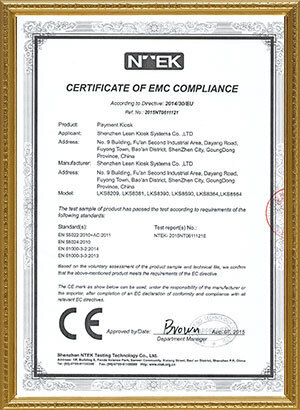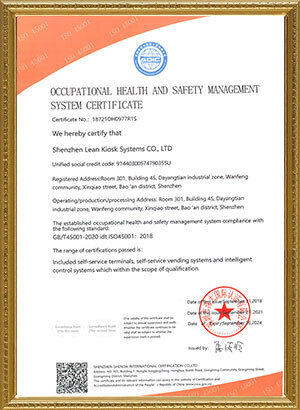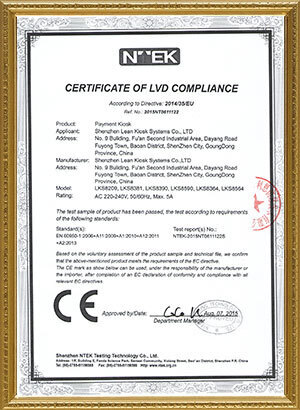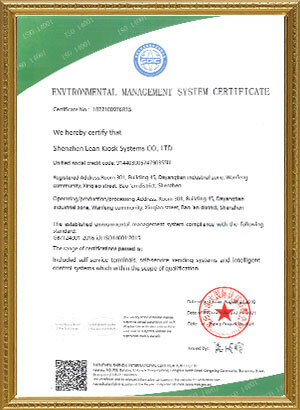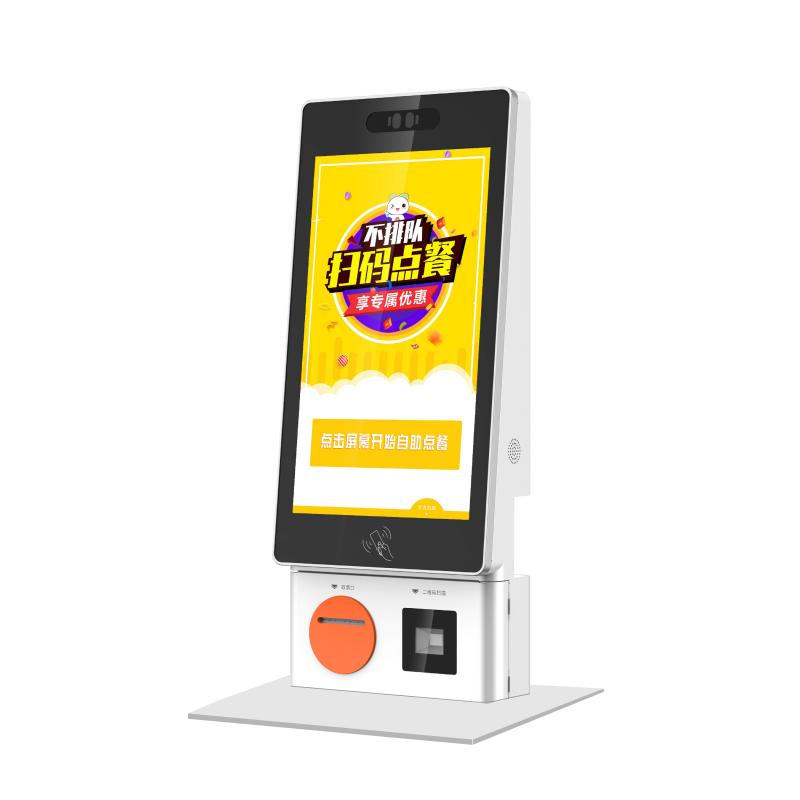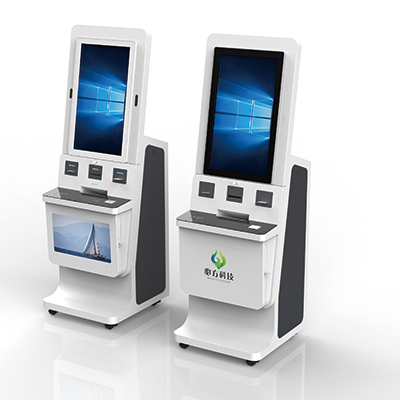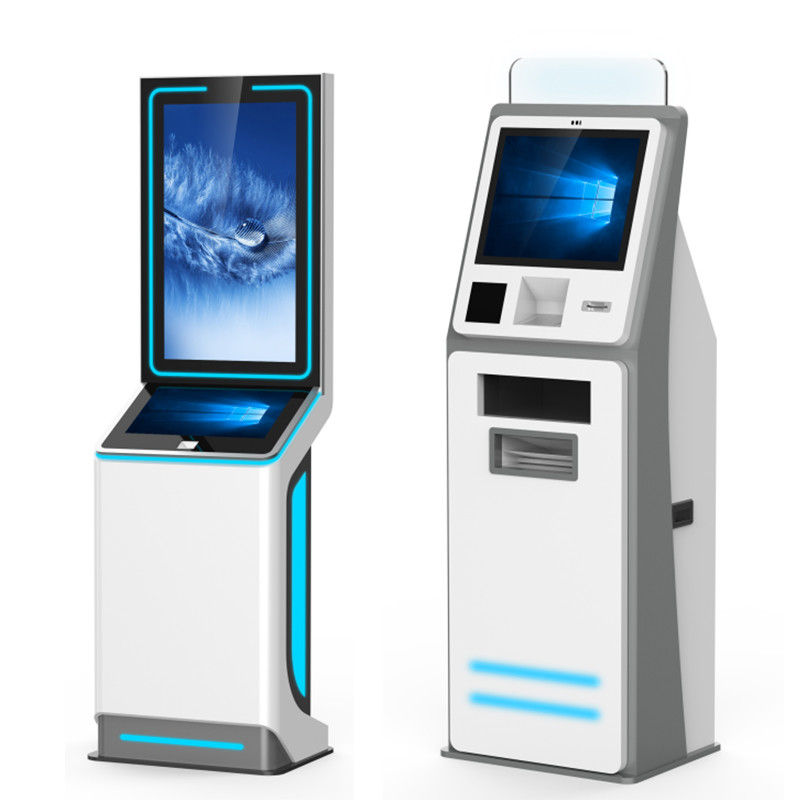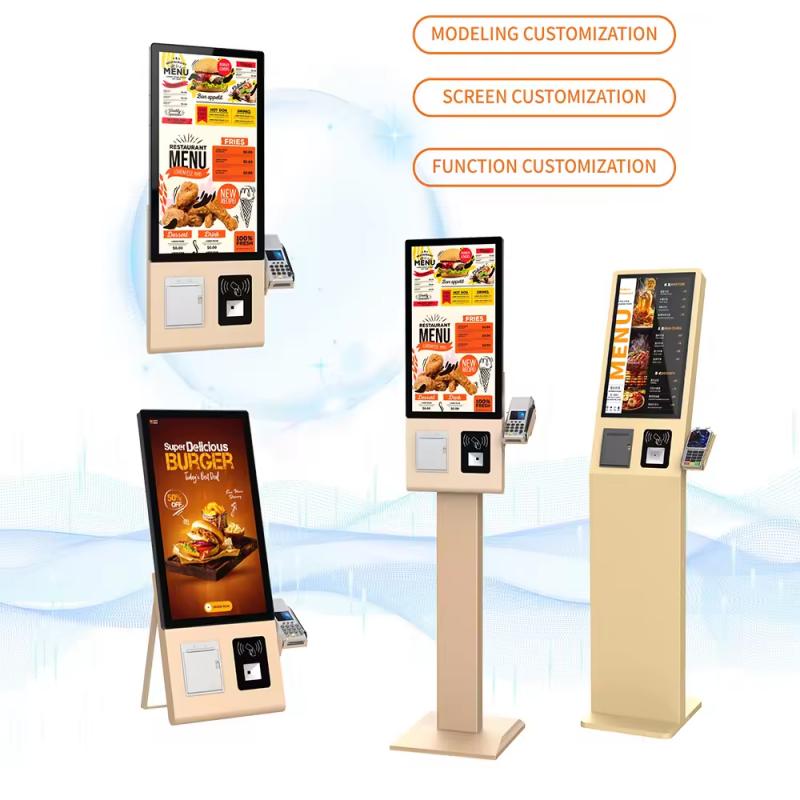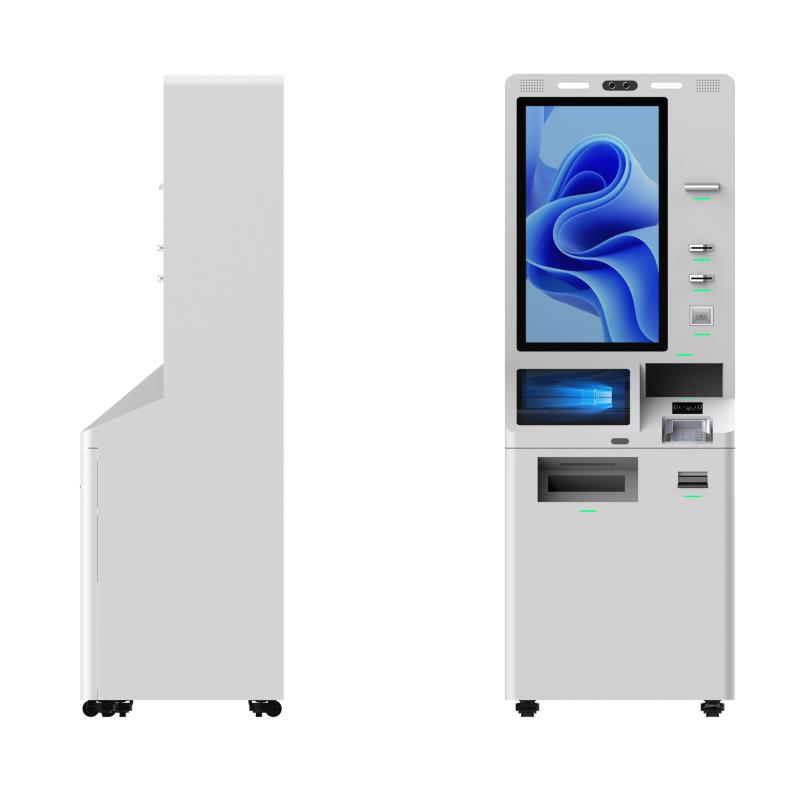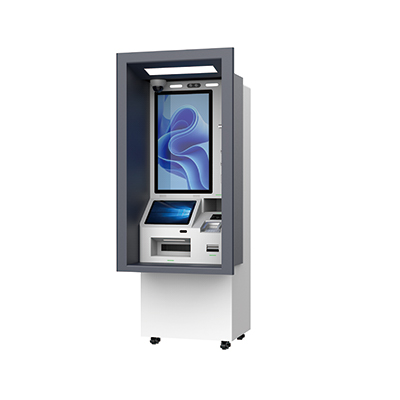






—— Bill from America
—— Jack from United Kingdom
—— James from Russia
—— Mike from America
—— James from Iran
—— James from America
A self-service kiosk is an automated self-service device designed to allow users to complete various tasks and transactions conveniently. These kiosks are commonly found in retail stores, shopping centers, transportation hubs, hospitals, hotels, and other public places, providing services such as information inquiries, ticket purchasing, bill payments, and check-ins. They are designed to enhance convenience, reduce wait times, and offer a secure and efficient service method for users.
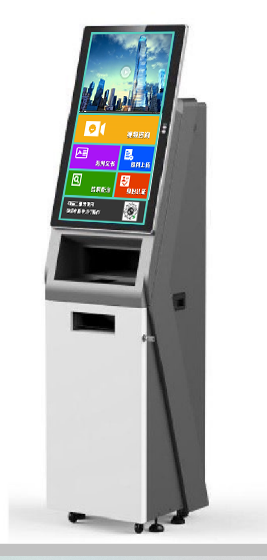
Industry Uses:
1. Retail Services: Support product inquiries, price checks, membership registrations, and gift card purchases.
2. Ticketing Services: Allow users to purchase tickets for transportation, events, and entertainment venues.
3. Bill Payments: Enable users to pay utility bills, phone bills, and other recurring expenses.
4. Hotel Services: Provide self-check-in and check-out services.
5. Healthcare Services: Support appointment bookings, fee payments, and medical information inquiries.
6. Transportation Services: Offer ticket purchasing, schedule inquiries, and route navigation.
1. Efficiency: Reduce queues and wait times, speeding up service processes.
2. Convenience: Provide a quick and easy way for users to complete tasks without needing staff assistance.
3. Cost Savings: Lower operational costs for businesses and institutions by reducing the need for staffed service counters.
4. Enhanced Experience: Improve user satisfaction by offering a seamless and stress-free self-service experience.
5. 24/7 Availability: Operate around the clock, allowing users to access services at any time.
1. Touchscreen Display
- Used for user interaction and information display. Typically, high-resolution capacitive touchscreens are used to ensure smooth operation and clear display.
2. Barcode Scanner
- Used to scan barcodes on bills, tickets, and other documents for quick information retrieval.
3. Printer
- Used to print receipts and transaction records. Usually equipped with thermal printing technology to enhance printing speed and clarity.
4. Card Reader
- Supports reading of magnetic stripe and chip cards for handling credit card payments and identity verification.
5. RFID Reader
- Used to scan and identify items or cards with RFID tags.
6. Keyboard and Signature Pad
- For users to enter additional information or provide signatures.
7. Camera
- Used for facial recognition, identity verification, and security monitoring.
8. Network Connection Module
- Supports wired and wireless network connections to ensure real-time communication and data transmission with the backend system.
9. Cabinet and Security Lock
- Protects internal components and prevents unauthorized access and tampering.
1. Operating System
- Common operating systems include Windows, Linux, or Android, providing a stable running environment and diverse development interfaces.
2. Application Software
- Custom-developed self-service kiosk applications responsible for interface display, user interaction, and data processing. Typically designed in a modular fashion to facilitate feature expansion and updates.
3. Backend Management System
- Responsible for device monitoring, data collection and analysis, content management, and system maintenance. Provides remote monitoring and management functions to ensure the normal operation and timely maintenance of the devices.
4. Database System
- Stores user data, transaction records, and log information. Common database systems include MySQL, PostgreSQL, etc.
5. Network Communication Module
- Uses TCP/IP protocol to exchange data with the backend server through wired or wireless networks. Supports VPN and other secure connection methods to ensure data transmission security.
6. Security Module
- Includes firewalls, encryption modules, authentication systems, etc., to ensure the security of data and user information.
7. Interface Module
- Provides interfaces with payment gateways, financial institutions, and other external systems to ensure seamless integration and data sharing with external systems.
Address: No. 99-15, Fuan intelligent manufacturing Industrial Park, Dayang Road, Fuhai Street, Baoan District, Shenzhen, China


